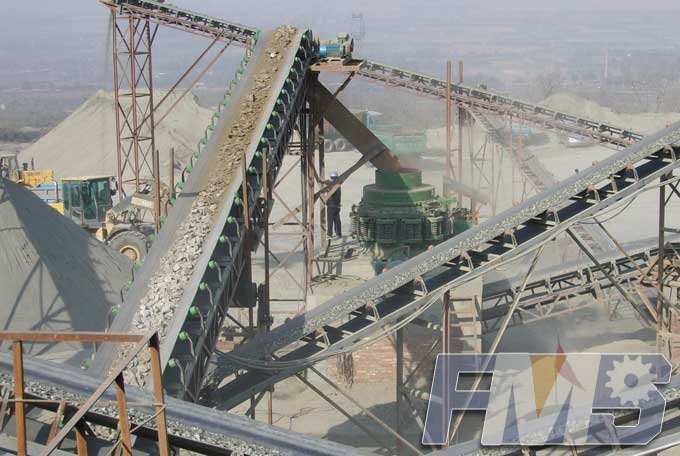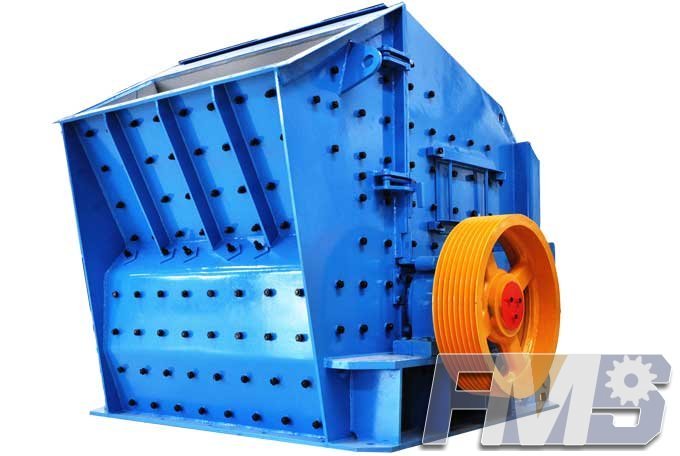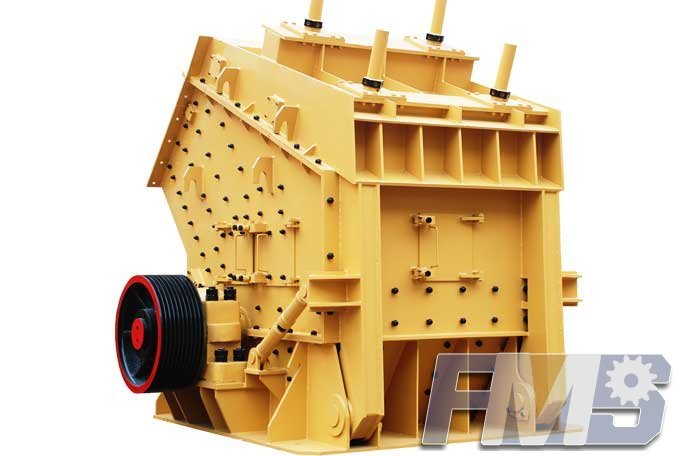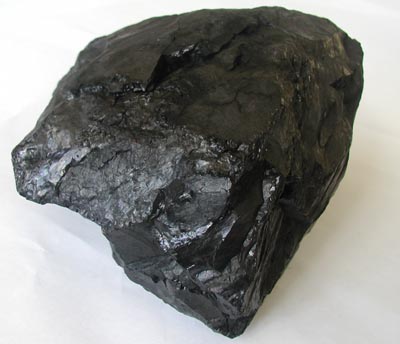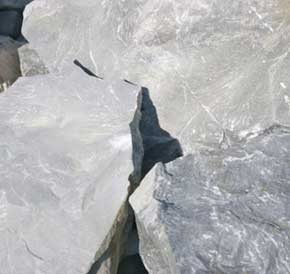Fine and Ultrafine Classification for Grinding Circuits
The primary options are open- or closed-circuit milling, with the possibility to prescalp the feed ahead of milling. Scalping can be either in dedicated classifiers or, alternatively, by introducing the new feed to the mill discharge sump. Fine and ultrafine grinding circuits benefit from classification in much the same way that conventional grinding circuits do. Use of a classifier will reduce fines generation, produce a tighter product specification, and reduce the overall energy requirements to achieve a specific grind. These benefits have to be weighed against the cost, both capital and operating, of classification circuits. For dry grinding circuits, the most commonly used classifiers are dynamic “whizzer” type units.
The primary type of wet classifier for fine and ultrafine classification is the hydrocyclone. As grinds become finer, cyclone sizes need to be reduced, and the percent solids in the cyclone feed reduced. For sub-10-Pm grinds, cyclone sizes are around 25 mm to 50 mm. In addition, the product is very dilute, typically no more than 15% solids w/w. The downstream circuit determines whether this dilution is prohibitive or not. As an example, where a mill is used to regrind a concentrate, if the concentrate is reintroduced to the bulk float cell feed, then the dilution may not be an issue. If, however, the mill product were treated in dedicated float cells, then the dilute feed would not be acceptable. Added dewatering costs need to be factored into the overall economic evaluation.
Another consideration is the slurry percent solids requirement for the mill feed. A typical concentrate from flotation cells would be too dilute to be used as mill feed for an open-circuit mill. Good control of the feed density is essential to efficient operation. A scalping cyclone would be required for this duty. The cyclone would have the combined benefit of removing finished product in the feed, thereby improving milling efficiency and producing a tighter product specification, as well as increasing the density of the mill feed. As the milling circuit is open circuit, the total flow to the cyclones, and therefore the number, is reasonable, and the cyclone overflow is recombined with the higher density mill discharge, and further dilution can be limited.
Tagged: Ultrafine Classification for Grinding CircuitsFine Classification for Grinding Circuits
Get Detail Information:
(If you do not want to contact to our online customer service, please fill out the following form, Our client manager will contact you later. We will strictly protect your privacy.)


